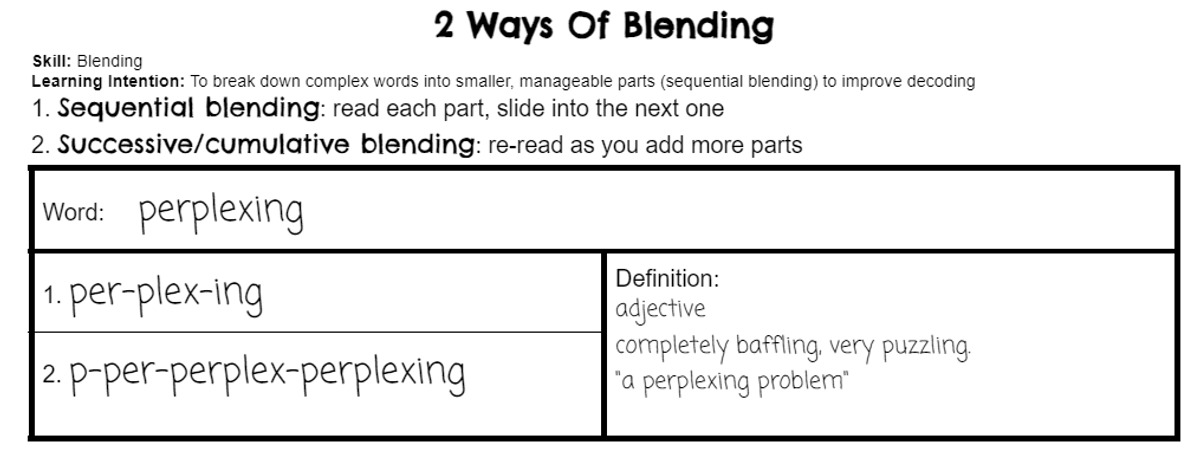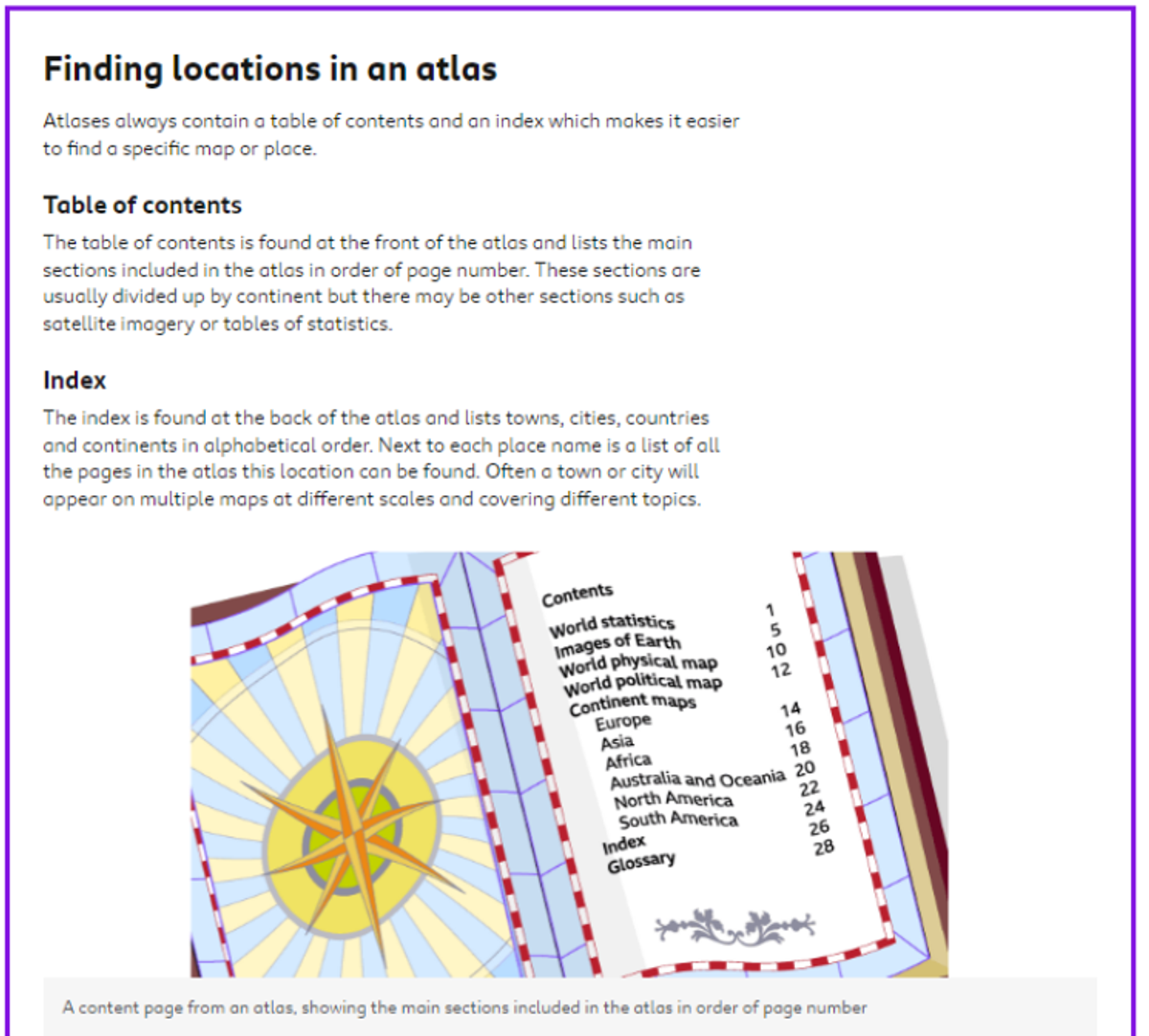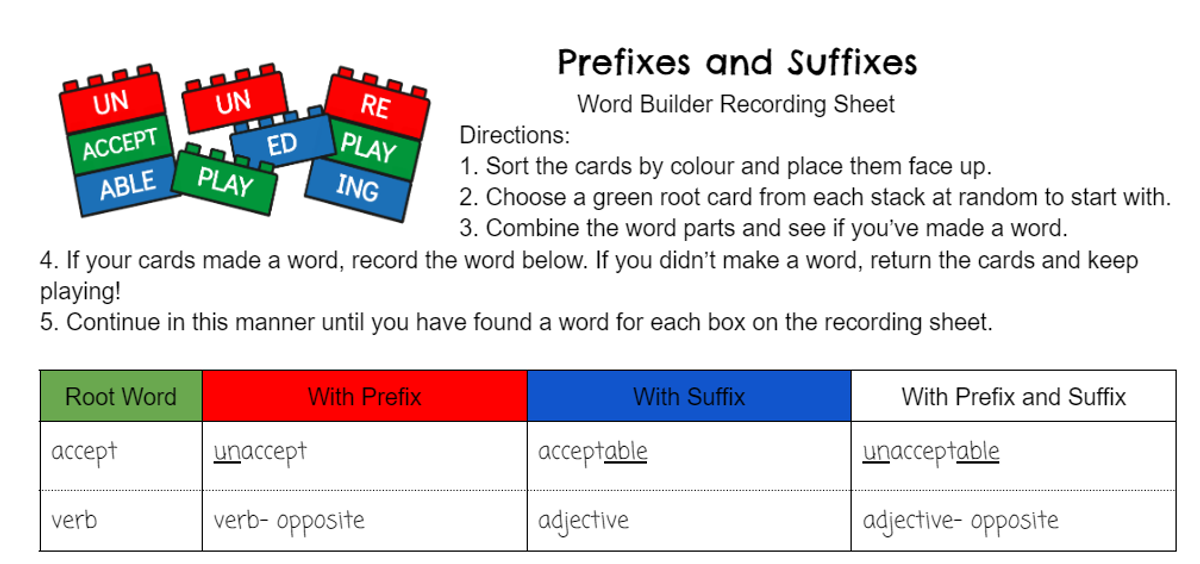Year 5/6 Bulletin

What does reading look like in 5/6?
We have four reading sessions per week.
Each session follows our instructional model;
Whole (15 mins):
This happens at the start of the session, where the learning intention is addressed and explored through a short activity.
Small (35 mins):
This is the middle of the session when learning experiences are offered for students to engage in individual, partner, or group activities to consolidate previously learned skills. During this time, the classroom teacher works with a small focus group of students with similar needs, explicitly teaching reading strategies.
Whole (10 mins):
This occurs at the end of the session. This is a time for reflection and discussion of strategies used.
This Week in Reading
WHOLE Beginning
1. DECODING
Skill: Blending
Learning Intention: To break down complex words into smaller, manageable parts (sequential blending) to improve decoding.
Task:
Children used these 2 ways of blending to decode and then define some of the following topic words: peninsula, topography, hemisphere, longitude, and archipelago. These words are linked to our Big Idea and will help the students when researching for their ERPs
2. COMPREHENSION STRATEGIES (Fiction)
Skill: Analysing/Inferring
Learning Intention: To analyse a text and determine a character's positive and negative traits.
Prompts: Who were the characters?
What traits did you observe?
Were they helpful, or did they hinder and create obstacles?
Do you feel like you’re seeing the character from more than one side?
If so, how? What does it say in the text to make you think this?
3. COMPREHENSION STRATEGIES (Non Fiction)
Skill: Questioning
Learning intention: Creating and using effective questions to deepen your understanding and comprehension of a given statement.
Task:
Unpacking the Big Idea-
‘Australia’s location in the world influences how we live and connect with other countries.’
PROMPTS:
- generate various questions (e.g., who, what, when, where, why, how)
-can you explain how your questions help clarify and expand your understanding of the Big Idea
4. FLUENCY
Skill: Expression
Learning intention: To look ahead and observe punctuation within the text to determine the appropriate reading tone
Task:
Sentences displayed on board. Students read a sentence and then respond to the prompts.
Prompts:
Look at the end of the sentence - what punctuation do you see? Did your voice match the punctuation? That’s a (question mark/exclamation mark/full stop). Make your voice (rise/drop)
SMALL GROUPS - Middle
ACTIVITY 1 -Text Activity
Skill: Using an Atlas
Learning Intention: To practice using the features of an Atlas to locate information about Asia.
Task:
Use your atlas and source card provided to complete the ‘Continents of the World: Asia booklet.
ANCHOR CHART:
ACTIVITY 2 -Word
Learning Intention: To identify and explain how a root word changes when a prefix or a suffix is added.
Task:
ACTIVITY 3- Comprehension (Non-Fiction)
Learning intention: To analyse a non-fiction text, identify key points, and summarise the content.
Task:
Read through the text and make meaning as you’re reading.
Determine Importance: Main Idea vs. Interesting Details.
Write your answers out in FULL sentences.
ACTIVITY 4- Teacher Focus Group
Hopefully, this has given you a better understanding of how reading and reading rotations are planned and taught each week.
What you can do at home:
We still encourage you to read to your children. Modelling the reading process is still very important for children at this age, regardless of whether they are fluent or capable readers.
Listening to them read is equally important as it ensures that words are not being skipped and pronounced incorrectly. As part of their weekly homework, the students are expected to read with you for at least 20 minutes each night.
Happy Reading Everyone 🙂
Brad and Jenny
Year 5/6 Team



